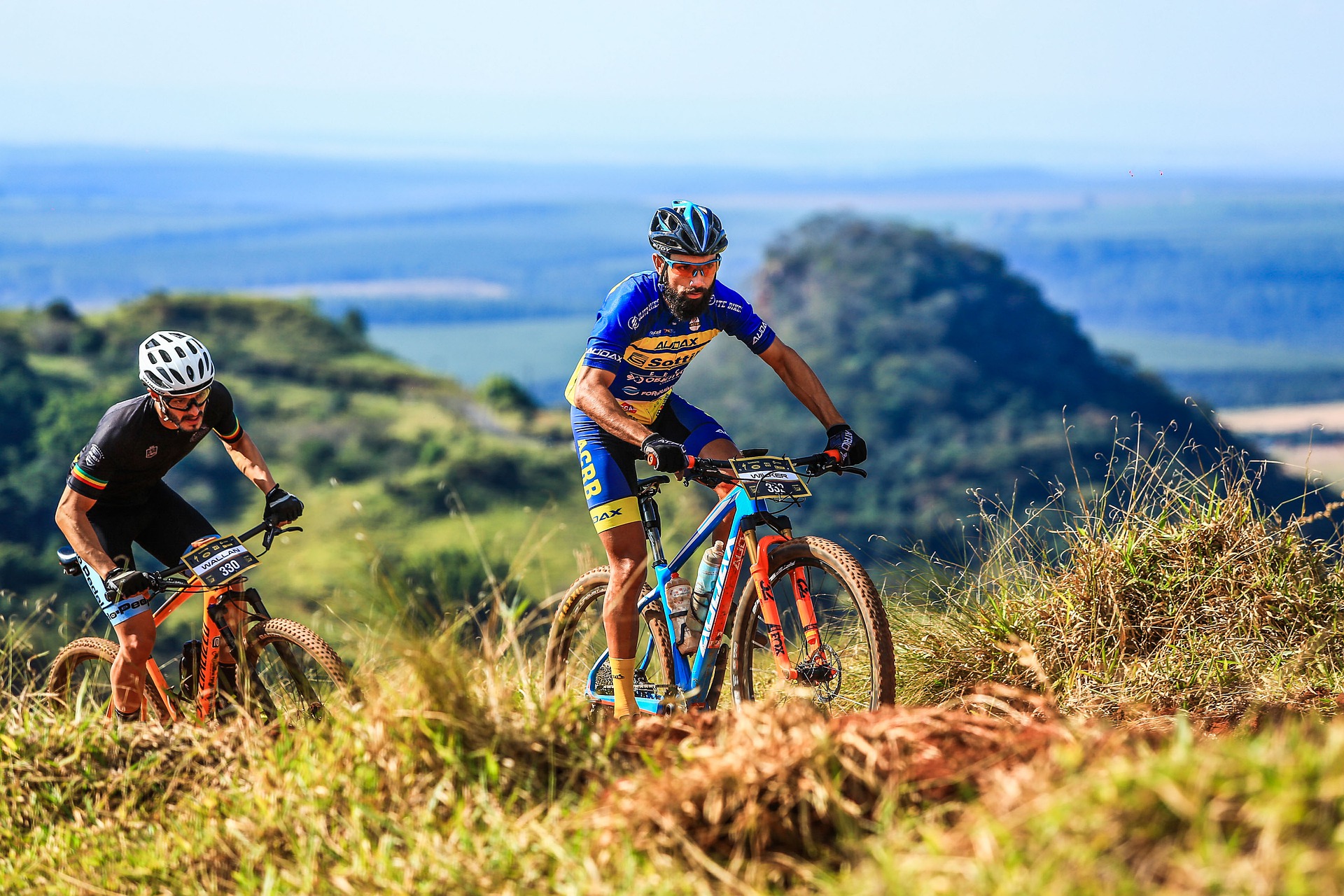Biking Trails Around The World
Biking trails are special paths made for people who enjoy riding bikes in nature, towns, or parks. They can be flat and smooth for easy rides or winding and hilly for more of a challenge. In this article, you will learn about the different kinds of biking trails, where they are usually found, and what makes each one enjoyable. From forest paths to city routes, biking trails offer a fun way to explore new places, exercise, and enjoy the outdoors. This guide makes it simple to understand how trails are used and why they are popular among riders everywhere.

Popular Mountain Biking Trails Across Continents
Mountain biking trails offer challenging terrain and spectacular views for adventure enthusiasts. In North America, the Moab region in Utah features the iconic Slickrock Trail, known for its unique riding surface and technical challenges across 9.6 miles of Navajo sandstone. New Zealand’s Queenstown Bike Park contains over 30 trails of varying difficulty, with some descending more than 450 meters through pine forests. The Alps region spanning France, Switzerland, Italy, and Austria houses thousands of kilometers of mountain biking trails, including the legendary Tour du Mont Blanc circuit that takes riders through three countries. These destinations feature professionally maintained trails with clear markings, technical sections, and natural obstacles that challenge even experienced riders.
Scenic Cycling Routes Through National Parks
National parks worldwide offer protected cycling routes through pristine natural environments. Canada’s Banff National Park features the Legacy Trail, a paved 22-kilometer path connecting the towns of Banff and Canmore with spectacular Rocky Mountain vistas. In Australia, the Murray to Mountains Rail Trail winds through Victoria’s scenic countryside across 116 kilometers of sealed off-road pathways. Costa Rica’s Arenal Volcano National Park allows cyclists to ride through rainforests while observing active volcanoes and diverse wildlife. These park-based cycling routes typically provide interpretive signage, rest areas with facilities, and opportunities to spot native wildlife in protected habitats, making them ideal for family-friendly cycling experiences that combine exercise with environmental education.
Urban Bike Paths Connecting City Landmarks
Urban cycling infrastructure continues to expand globally, offering convenient ways to explore metropolitan areas. Copenhagen’s network spans over 390 kilometers of dedicated bike lanes with special traffic signals for cyclists. Amsterdam features approximately 400 kilometers of paths, with the Amstel River route providing a picturesque 42-kilometer journey through the city and surrounding countryside. The Seoul Bicycle Network includes the Han River Bike Path, a 40-kilometer route connecting major cultural sites and parks. These urban pathways typically feature dedicated lanes separated from vehicle traffic, bicycle-specific traffic signals, rental stations, and connections to public transportation hubs, creating seamless integration with city exploration.
Rail-to-Trail Conversions For Long-Distance Rides
Abandoned railway corridors transformed into cycling paths preserve historical infrastructure while providing safe, accessible routes. Spain’s Vía Verde network comprises over 2,700 kilometers of converted railway lines, with the 38-kilometer Sierra Greenway cutting through Andalusian mountains via 30 tunnels and across numerous viaducts. New Zealand’s Otago Central Rail Trail extends 152 kilometers through dramatic landscapes with historic gold mining towns. The Great Allegheny Passage in the United States spans 240 kilometers from Pittsburgh to Cumberland, following former railroad grades with a gentle 2% maximum slope. These converted rail trails typically feature consistent gradients, preserved historical structures, and surfaces suitable for various bike types, making them accessible to riders of different abilities.
Coastal Bike Riding Destinations
Coastal biking trails combine exercise with magnificent ocean views and refreshing sea breezes. Portugal’s Ecovia do Litoral stretches 214 kilometers along the Algarve coastline, connecting beaches, fishing villages, and nature reserves. Australia’s Great Ocean Road bike route follows the dramatic coastline with views of the Twelve Apostles rock formations. Taiwan’s East Coast route covers approximately 200 kilometers along the Pacific Ocean, passing through Taroko Gorge National Park. These coastal routes typically feature dedicated paths separated from highway traffic where possible, scenic overlooks with parking for bicycles, and access points to beaches and coastal communities for refreshment stops and cultural experiences.
International Cycling Infrastructure Development
Countries worldwide are investing in cycling infrastructure to promote sustainable transportation and tourism. The EuroVelo network aims to develop 17 long-distance cycle routes connecting the entire European continent across over 90,000 kilometers. South Korea has completed a national network allowing cyclists to traverse the entire country on dedicated paths with standardized signage and certification systems. Colombia has developed ciclovías (temporary bike routes) in major cities like Bogotá, where over 120 kilometers of streets close to motor vehicles every Sunday, attracting up to 1.7 million cyclists. Infrastructure developments typically include standardized signage systems, repair stations, secure parking facilities, and digital mapping resources that help riders navigate unfamiliar territory safely and confidently.
Whether seeking adrenaline-pumping descents on mountain trails or leisurely rides through picturesque landscapes, cyclists worldwide have access to an expanding network of biking paths. These trails not only provide recreational opportunities but also contribute to sustainable tourism, local economic development, and environmental conservation efforts. As cycling infrastructure continues to improve globally, these pathways offer increasingly accessible ways to explore diverse landscapes and cultures at a human-powered pace.




